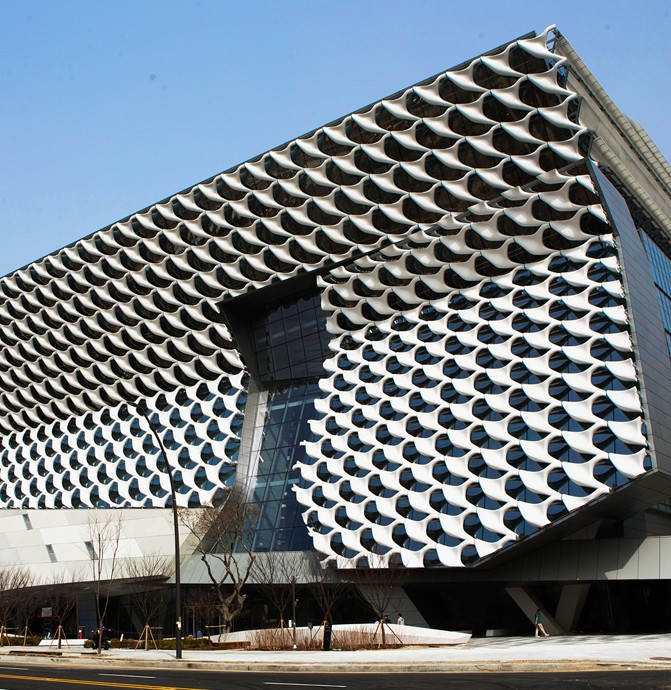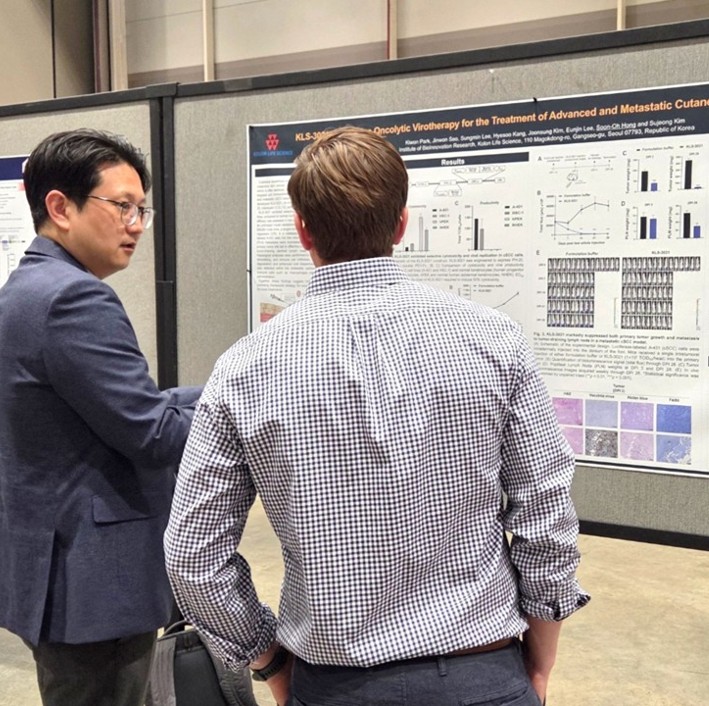KOLON Industries Beefing Up the Branding of their Specialist Cooling Fabric, FORPE
KOLON Industries
2022.04.13
KOLON Industries Beefing Up the Branding of their Specialist Cooling Fabric, FORPE
▷ Outstanding cooling performance with high heat conductivity, lowering surface temperature when in contact with the skin
▷ The cooling fabric market has grown ten-fold over the past three years… FORPE has taken over 70% of this market.
▷ Equipped with differentiated technology such as tinted yarn production, the company is actively seeking to enter global markets.
In the ‘weather outlook for summer 2022’, the Korean Meteorological Agency predicts extreme heat this year, at a similar level to last year which recorded the second-highest annual average temperature in history.
KOLON Industries (CEO, Jang Hee-gu) revealed on the 13th that the company plans to beef up the branding of FORPE, a specialist cooling fabric, in the run-up to an extremely hot summer this year. Building on its differentiated technology, the company plans to expand consumer touchpoints through separate branding to overcome the limitations of the B2B business.
FORPE, a specialist fabric developed by KOLON Industries based on proprietary technology, has a cooling effect on the skin. It is based on High Density Polyethylene (HDP) which has high heat conductivity, dispersing external heat. By maximizing cooling performance, fabric made with FORPE lowers body temperature by 3~6℃ by removing heat on contact with the skin.
Since spending more time indoors due to the recent prolonged pandemic, people are increasingly suffering air-conditioning sickness and look for bedding that lowers body temperature without using a cooling device. In effect, the HDPE cooling fabric market has grown rapidly in Korea, where the market has expanded by nearly 10 times in just three years. KOLON Industries developed FORPE in 2017, and is now the market leader here with an over 70% share.
While it is extremely difficult to dye polyethylene yarn due to its crystal structure, dope-dyed yarn production is possible with FORPE. This has led to a successful business with major bedding brands in Korea such as Cozynest, Allerman, Evezary and Sesaliving who show great satisfaction with the product. Fabric for clothing which requires a softer and finer textile is also under development. The company is also seeking global expansion. It has conducted branding tests in Southeast Asian countries with a tropical climate, as well as in Europe which has an advanced bedding market.
A spokesperson for KOLON Industries noted that “strengthening the FORPE branding is as part of our proactive measures to respond to the rapidly growing market and consolidate our market leadership. Along with HERACRON, a representative super-fiber aramid, we expect to elevate FORPE to a household name as a specialist cooling fabric.”
In order to raise recognition among general consumers as well as bedding companies, the company plans to undertake various marketing activities such as developing a separate label for FORPE.
<Reference>
▶ Dope-dyeing is the process of injecting color pigments into the core of the fiber chips, rather than dyeing the yarn or fabric, thus maintaining the original color to a later stage. Using dope-dyed yarn allows ‘dithering’ by placing different colors closely together to create a mixed-color effect. Compared with dyeing with a color mixture which reduces color saturation, dithering on dope-dyed yarn makes it possible to mix different colors while maintaining the color tonality and saturation. Since a variety of effects can be created with a subtle sheen typical of this technique, dope-dyed fabric production is more highly valued and considered to be a more advanced technology. Dope-dyeing for HDPE is still fairly uncommon in Korea.
KOLON Group's mobile web is optimized for vertical screens.




